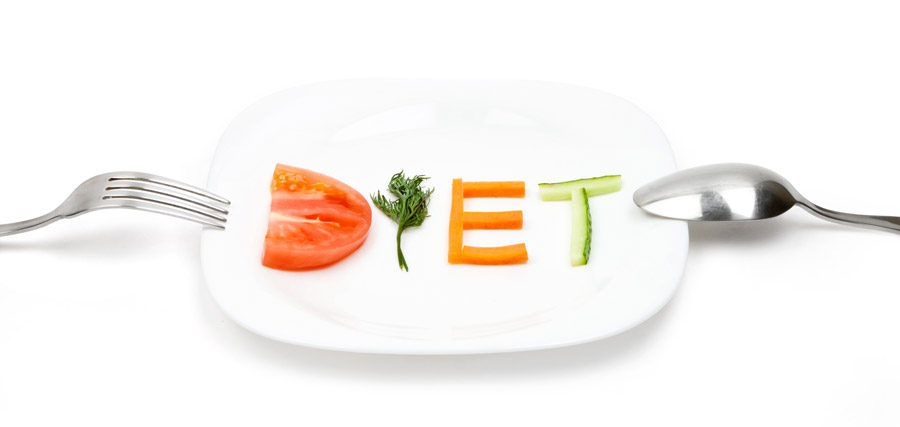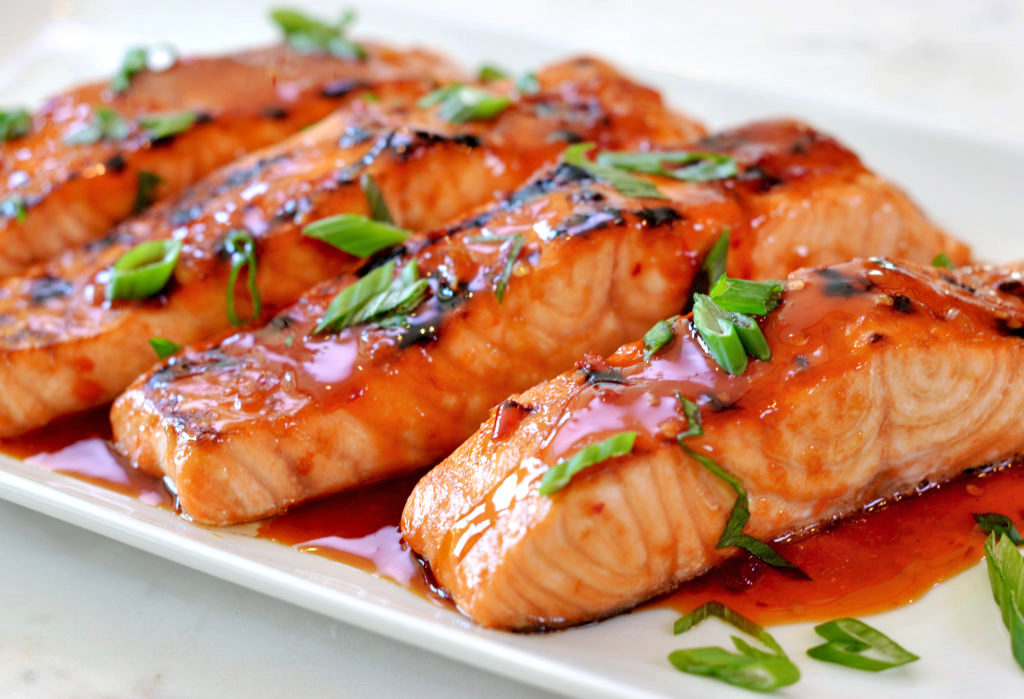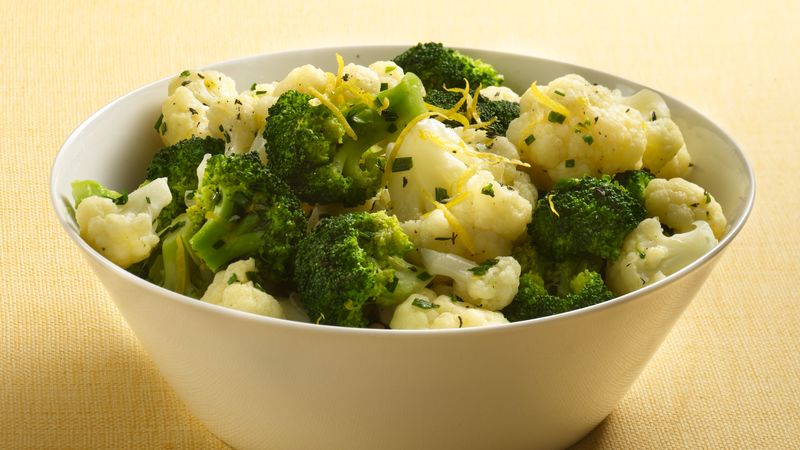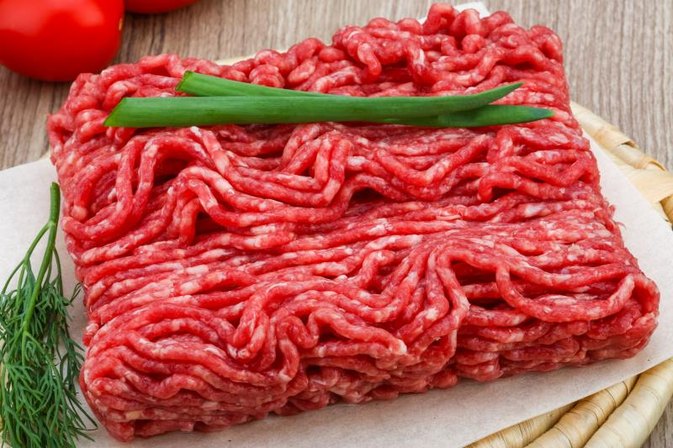What to Eat to Lose Weight

Diet is a short word. It’s easy to pronounce, it’s easy to spell but, if you’ve ever been on one you know they’re really hard to stick to. Feeling restricted can make you obsess about what you’re eating (or not eating) and that makes it even harder.
They’re also something that everyone has advice about. Someone at work swears by never eating after 7pm, you have a friend who never skips breakfast, your sister-in-law only eats carbs one day a week, your friend’s brother says it’s all about protein and weight training. You go round and round in circles trying to find the best way. Eurgh! How do you figure out what is really going to work? Louise studies the research about nutrition and keeps up to date with the latest information so is able to cut through the hearsay and she has put together a guide to 5 of the best foods to eat for weight loss.
- Eggs. Eggs are high in protein, contain healthy fats and leave you feeling fuller longer which helps you eat less overall. In the past there have been concerns about the effect of eggs on cholesterol levels but recent studies have refuted those claims. https://www.ncbi.nlm.nih.gov/pubmed/16340654.
SNAPSHOT: high in protein, high in nutrients, high satiety index.

- Leafy greens. Leafy greens are a great addition to your diet. Recent research supports that leafy greens feed good gut bacteria. It’s no wonder you start to feel healthier after a few green juices! They are low in kilojoules and are also high in fibre and minerals but their greatest value comes in the bulk they can add to a meal. You can eat a lot, feel very satisfied and yet not be eating excessive kilojoules. Keep rocket, spinach, silverbeet and lettuces in your fridge and you’ll quickly and easily be able to put together a satisfying meal without loading up on kilojoules.
SNAPSHOT: high in nutrients, low in calories, high in volume.

- Salmon. Salmon and other oily fish contain iodine and omega 3 fatty acids both of which are important for overall health. Iodine helps regulate thyroid function and omega 3 helps reduce inflammation both of which are key factors in weight loss. Salmon, and other oily fish are high in protein and are very satisfying which will help you feel fuller for longer. The fuller you feel the easier it is to ignore cravings and to keep on track.
SNAPSHOT: high in protein, high in healthy fats, high in nutrients, high satiety index.

- Broccoli and cauliflower. Cruciferous vegetables are higher in protein than other vegetables so are a great addition to your meals. They are also high in fibre, highly nutritious and contain phytochemicals that are beneficial to your overall health. They’re also good at adding bulk to meals without adding a large kilojoule load so are perfect for those days when you’re feeling very hungry.
SNAPSHOT: high in fibre, high in nutrients, low energy density.

- Lean meat. If you are careful about the type of meat you are eating you can still enjoy it while losing weight. Choose lean, unprocessed meats to get the benefits of high protein levels without the nitrites and excessive sodium levels that are found in cured meats. High protein foods are important because they reduce cravings. In fact, a study at the University of Missouri showed that increasing protein intake by 30% can reduce cravings by 60% which makes it much easier to stick to your diet plan.
SNAPSHOT: high in protein, high satiety index.

These are foods that are widely available and are easy to mix and match to build a healthy and satisfying meal. Structuring an eating plan around these foods will put you on a healthy path and will help you lose weight through diet control. Feeling in control leads to increased motivation which will help you see results.
+ There are no comments
Add yours